
- •I. "Beginnings"
- •Interesting fact
- •Roman invasion
- •II. "Conquest"
- •III. "Dynasty"
- •In what way was Magna Charta important for the development of the political system of England?
- •The Constitutions of Clarendon
- •Assassination
- •IV. "Nations"
- •The emergence of parliament as an institution
- •V. "King death"
- •Peasants Revolt
- •Walworth, bottom left hand corner, killing Tyler. Richard II is just behind Tyler and also addressing the peasants after Tyler's death
- •VI "Burning convictions"
- •Parliamentary debate and legislation
- •Actions by the king against English clergy
- •Further legislative acts
- •Dissolution of the Monasteries
- •Edward's Reformation
- •VII. "The body of the Queen"
- •Correct and read the name of Queen Elizabeth’ s great love.
- •Elizabethan Settlement
- •Puritans and Roman Catholics
- •Act of Supremacy
- •Act of Uniformity 1558
- •Imprisonment in England
- •Execution
- •VIII. "The British wars"
- •The First English Civil War
- •The Second English Civil War
- •IX. "Revolutions"
- •X. Britannia Incorporated
- •Treaty and passage of the Acts of 1707
- •The Glorious Revolution
- •The '15 Rebellion
- •The '45 Rebellion
- •Finished cause
- •XI. The Wrong Empire
- •Sea power
- •A flourishing power
- •Which came first?
- •The impact of imperial trade
- •Forces of Nature
- •War with France
- •Napoleon's pro-invasion policies
- •Hourly threat
- •Land attack
- •Victory at Waterloo
- •Victoria and Her Sisters
- •Naval supremacy
- •Industrial Revolution
- •Civic engagement
- •Politics
- •The Empire of Good Intentions
- •Victoria's empire
- •Ireland
- •1858: Beginning of the Raj
- •Government in India
- •Financial gains and losses
- •The Indian National Congress
- •Reasons for independence
- •The Two Winstons
- •War and democracy
- •Wooing the workers
- •Reform and crisis
- •Binding the powers
- •Sea power
- •Architects of victory
- •Finding a voice
- •The Home Front
- •Changing population
- •Moral codes
- •End of empire
- •Domestic policies
- •Manufacturing
ВОРОНЕЖСКИЙ ГОСУДАРСТВЕННЫЙ УНИВЕРСИТЕТ
Методические указания по работе
с видеофильмом по истории Британии
Я.Н. Еремеев, О.В. Ивашенко, Н.А. Шарова
BBC HISTORY OF BRITAIN
учебно-методическое пособие для вузов
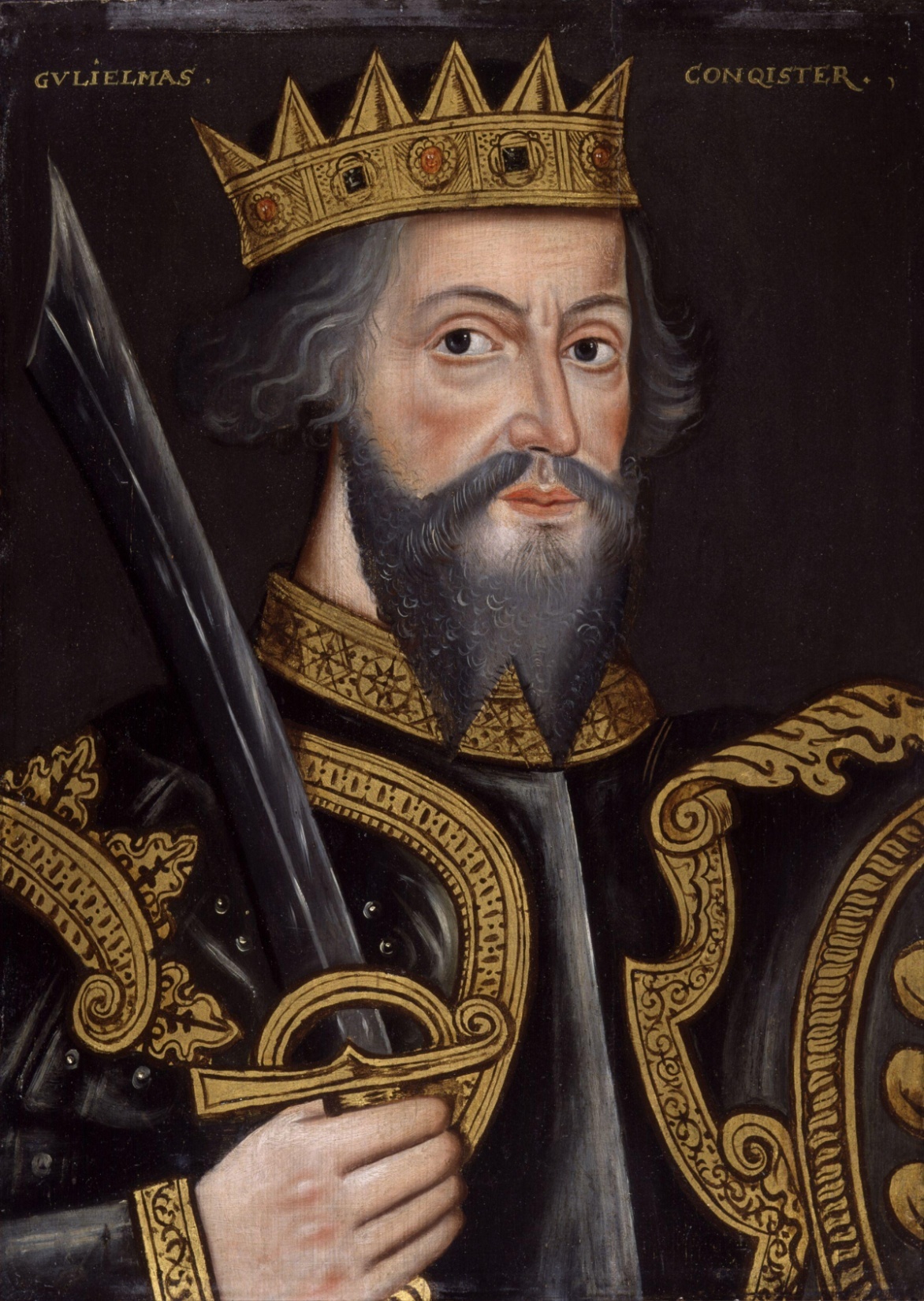
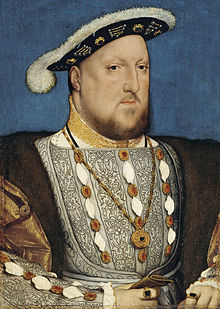
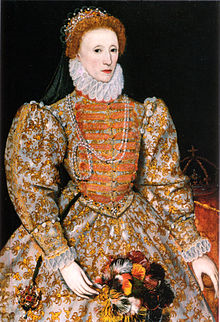
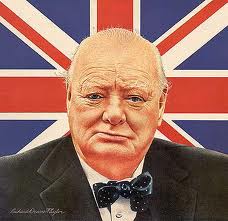
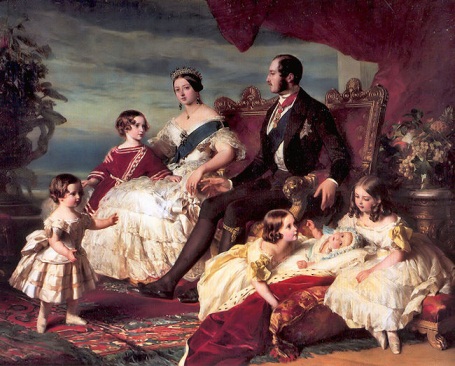
Воронеж 2013
МИНИСТЕРСТВО ОБРАЗОВАНИЯ И НАУКИ РОССИЙСКОЙ ФЕДЕРАЦИИ
ФЕДЕРАЛЬНОЕ ГОСУДАРСТВЕННОЕ БЮДЖЕТНОЕ ОБРАЗОВАТЕЛЬНОЕ УЧРЕЖДЕНИЕ ВЫСШЕГО ПРОФЕССИОНАЛЬНОГО ОБРАЗОВАНИЯ
«ВОРОНЕЖСКИЙ ГОСУДАРСТВЕННЫЙ УНИВЕРСИТЕТ»
Методические указания по работе
с видеофильмом по истории Британии
BBC HISTORY OF BRITAIN
учебно-методическое пособие для вузов
Составители:
Доц. Еремеев Я.Н.
Доц. Ивашенко О.В.
Доц. Шарова Н.А.
Под общей редакцией доц. Н.А. Шаровой
Воронеж 2013
Методическая записка
Предлагаемое учебно-методическое пособие состоит из заданий к видеофильму по истории Британии. Фильм, BBC HISTORY OF BRITAIN, создан Би-Би-Си и представляет собой прекрасно иллюстрированные лекции известного историка и публициста профессора Саймона Шамы, который был награжден Орденом Британской Империи.
Необходимость создания данного учебного пособия вызвана тем, что оригинальный язык фильмов является сложным для студентов факультета Романо-германской филологии, а обилие фактов и информации представляет дополнительную трудность. В связи с вышеизложенным, задачами данного методического пособия являются снятие языковых трудностей и управление деятельностью студентов при восприятии фильма.
Пособие разделено на 15 частей в соответствии с количеством частей фильма. В самом начале пособия даются полезные советы о том, как произносить даты, имена монархов, некоторые сокращения. Кроме того, в начале пособия имеется информативная статья об авторе фильма профессоре Саймоне Шаме.
Каждая часть предваряется кратким вступлением. Последующие задания разнообразны: заполнение пропусков в предлагаемом тексте на основании прослушанного фрагмента (cloze); классификация предложенных списком слов; нахождение соответствия (match up); игровые задания на восстановление слов или предложений (scrambler); поиск ответов на предложенные вопросы (scanning). Каждый вопрос сопровождается списком ключевых слов из нужного фрагмента с объяснением или переводом, или просто списком ключевых слов.
В некоторых частях задания предваряются хронологической таблицей, что способствует лучшей ориентировке студентов в изучаемом материале. В конце каждой части пособия приводятся дополнительные тексты для самостоятельного чтения.
Основными методическими принципами, на которые ориентировались авторы пособия являются: принцип доступности, наглядности, активности, коммуникативности и принцип деятельностного подхода к обучению.
Тщательная методическая проработка предлагаемого учебного материала делает возможным для студента самостоятельно работать с видеофильмами. В аудитории студенты либо сдают письменные ответы на задания, либо задания проверяются устно.
Работа с видеофильмами не только поможет студентам разобраться с тайнами истории Соединенного Королевства, но и значительно обогатит их вокабуляр, разовьет умения аудирования, чтения, а также расширит общий культурный кругозор.
Методические указания по работе с видеофильмом по истории Британии предназначены для студентов второго-третьего курсов языковых факультетов, в частности для студентов РГФ Воронежского государственного университета. Указанное пособие может использоваться в курсе «История и культура Британии»
Contents Pages
Useful Tips 5
I. Beginnings. 6
II. Conquest 11
III. Dynasty 13
IV. Nations 16
V. King Death 20
VI. Burning Convictions 22
VII. The Body of the Queen 30
VIII. The British Wars 34
IX. Revolutions 36
X. Britannia Incorporated 38
XI. The Wrong Empire 43
XII. Forces of Nature 47
XIII. Victoria and Her Sisters 52
XIV. The Empire of Good Intentions 56
XV. The Two Winstons 61
Useful tips: how to pronounce historical expressions
Years
1666 = sixteen sixty-six; 1705 = seventeen-oh-five;
1800 = eighteen hundred; 1914 = nineteen fourteen;
2000 = the year two thousand; 2006 =two thousand and six
Decades
the 1790s= the seventeen-nineties
the 191Os = the nineteen-tens
Centuries
1500-1599 = the sixteenth century; 1700s= the seventeen hundreds
the XX century = the twentieth century; the XXI century = the twenty-first century; the 1280s= the end of the thirteenth century
Abbreviations
CE/c.e. = Common/Current/Christian Era. Another way of indicating the same period is
AD, the traditional calendar era, Anno Domini .
BCE/b.c.e. = Before the Common/Current/Christian Era (an alternative to Before Christ, abbreviated BC).
The two notations (CE/BCE and AD/BC) are equivalent; thus "2013 CE" = "AD 2013" and
"399 BCE" = "399 BC".
Kings' and Queens' Names
For rulers we use Roman numbers:
Elizabeth I = Elizabeth the First
Elizabeth II = Elizabeth the Second
George III = George the Third
George IV = George the Fourth
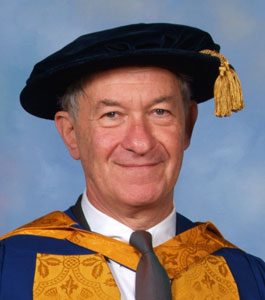
BBC History of Britain
Simon Michael Schama, CBE* (Commander of the Order of the British Empire) was born 13 February 1945 in London. Simon Schama is a British historian and art historian. He is a University Professor of History and Art History at Columbia University. He is best known for writing and hosting the 15-part BBC documentary series A History of Britain. Other works on history and art include The Embarrassment of Riches, Landscape and Memory,Dead Certainties, Rembrandt's Eyes, and his history of the French Revolution, Citizens. Schama is an art and cultural critic for The New Yorker. He worked for short periods as a lecturer in history at Cambridge, where he became a Fellow and Director of Studies in History, and at Oxford, where he was made a Fellow of Brasenose College in 1976, specialising in the French Revolution. http://en.wikipedia.org/wiki/Simon_Schama In 1980 Schama took up a chair at Harvard University. The year 2000 saw Schama return to the UK, having been commissioned by the BBC to produce a series of television documentary programmes on British history as part of their Millennium celebrations, under the title A History of Britain. Schama wrote and presented the episodes himself, in a friendly and often jocular style with his highly characteristic delivery, and was rewarded with excellent reviews and unexpectedly high ratings.Three series were made, totalling 15 episodes covering the complete span of British history up until 1965; it went on to become one of the BBC's best-selling documentary series on DVD. (www.imdb.com/name/nm0769988/)
* CBE is a special honour given to some British people for things they have done for their country.
I. "Beginnings"
3100 BC – 1000 AD. Stone age. Village of Skara Brae, Orkney. Over the next four thousand years Romans, Anglo-Saxons, Vikings, Danes, and Christian missionaries arrive, fight, settle and leave their mark on what will become the nations of Britain.
Task 1. Before watching the first part of the film, look through the brief timeline of the period.
250,000–300,000 Earliest pre-human and human archaeological finds.
ca. 25,000 BC – 9,000 BC - Northern Europe was plunged into a deep Ice Age
8,500 BC - British Isles separate from Continent. Thanks to higher sea levels, Ireland and Britain become separate islands divided by the Irish Sea. A warmer climate led to the growth of forests all over Britain.
c.a. 6,000 b.c.e. Beginning of Neolithic (Stone) Age in Britain. The cultivation of previously wild plants encouraged the growth of permanent farming settlements. Animals were domesticated.
ca. 3000 b.c.e. Start of Stonehenge construction.
ca. 2300 b.c.e. Beginning of Bronze Age in Europe.
ca. 2000 b.c.e. Use of Stonehenge declines.
ca. 1500 b.c.e. Change in climate leads to sharp decline in population.
sixth century b.c.e. Beginning of Iron Age and Celtic culture in Britain.
ca. 325 b.c.e. Greek traveler Pytheas of Massilia circumnavigates Britain.
55 b.c.e. First Roman invasion of Britain, under Julius Caesar.
43AD Roman invasion under Claudius followed by conquest of most of Britain.
306 Constantine is proclaimed emperor at York.
410 The end of Roman rule in Britain.
(William E. Burns A Brief History of Great Britain
Copyright © 2010 by William E. Burns); (Richard Dargie A History of Britain, Arctus Publishing Ltd., London, 2007)
Task 2. Listen to the introduction and fill in the gaps in the text.
From its earliest days 1)……… was an object of desire. Tacitus, a Roman writer and historian, 2)…….. it worth a conquest. Britannia was thought to be rich in 3)…., 4)……., 5)……. As far as the Romans were concerned Britannia was the 6) …. of the world, but it was the edge of their world. If the Romans had traveled to the northernmost part of the islands (Orkney), they would have seen unmistakable signs of a 7)………… thousands of years older than the Rome.
Task 3. Find answers to the following questions and write a short summary of Part 1:
Where are the remains of Stone Age life most abundant?
Abundant – обильны, многочисленны
What is the name of the Neolithic village that is circa 5000 years old and was discovered in 1850?
Circa - около
Who robbed the tombs in Scara Brae but left there their own legacy in the form of graffiti? (the Vikings)
Tombs – гробницы, захоронения
What were the most distinctive features of life of Stone Age people in Britain?
Describe their settlements, houses, burials, everyday activities, eating habits, tools, art
Oysters- устрицы;
thriving; bustling communities – процветающие поселения с активным населением;
hearth - очаг ;
dressers – кухонные шкафы;
ivory necklaces – бусы из слоновой кости;
rudimentary tools – примитивные инструменты;
Solstice – равноденствие;
hoi polloi- обычные люди;
game – дичь, дикие животные;
shield – щит.
Was Britain really an unbroken forest kingdom stretching from Cornwall to Inverness?
How did the life in Britain change in Iron Age (tools, settlements, social life, art and craftsmanship, cults)?
Grisly brutality of the Druids – ужасная жестокость Друидов;
decapitated heads – отделенные от тел головы;
Why were hill forts, towers and walls built in the Iron Age?
How and when did Romans conquer Britain (Caesar’s campaigns, Claudius’s campaign, Boadicea’s revolt, Colchester burnt, Hadrian’s wall)?
The lure of treasure - соблазн сокровищ;
seductive - соблазнительный;
what Roman generals craved the most - чего особенно жаждали римские генералы; perennial secret British weapon, the weather – извечное секретное оружие британцев, погода;
carrot and stick - кнут и пряник (морковь и палка);
oppida – укрепленная группа жилищ;
ally – союзник, сподвижник;
to realise on which side their bread was buttered – понимать, где выгода;
public flogging - публичная порка;
Her great insurrection ended in a gory, chaotic slaughter – Ее великое восстание закончилось кровавым, хаотичным побоищем.
What innovations did the Romans introduce to Britain? Describe the main features of life in Roman Britain. How did the Roman rule end?
Genuine fusion – истинное слияние;
vulnerability - уязвимость;
Describe the political and social situation in Britain after the withdrawal of Romans. What is meant by “the vacuum of power” in 5th c. Britain? What were the main stages and the aftermath of the Anglo-Saxon invasion? Describe the relationship between the British and Anglo-Saxons during the period.
… seemed a boon not a curse – казались благом, а не проклятием;
blunder - серьезная ошибка;
What were the principal features of Anglo-Saxon society and way of life?
How did the conversion of Britain to Christianity take place? (St. Patrick, Augustine, Venerable Bede)
Conversion – обращение в христианство;
gospel – евангелие;
pagan – языческий;
Describe the arrival of Vikings in Britain (raids, plunder, slavery). How did the unification of England in the face of Viking threat take place? What was the role of Alfred the Great in this process?
Heathen men – язычники;
plunder – грабеж, грабить ;
priests - священники;
a common foe- общий враг;
onslaught – наступление;
a startling and illuminating story – удивительная и поучительная история;
warrior – воин;
consumption – употребление;
conceivable and even desirable – возможно и даже желательно;
Task 4. In Part 1 there are a lot of proper nouns: Orkney, Skara Brae, Tacitus, Cornwall, Bath, Inverness, Colchester, Alfred, Ethelwulf, Boadicea, Caesar, Claudius, Hadrian, Aran, Dover, Porchester, Vortigan, Bernicia, Northumbria, Hibernia, Caledonia, Jarrow.
Classify them into two groups: names of people and names of places. Try to explain what they are.
E.g. Hibernia – the name of a place. That is how the Romans called Ireland.
Boadicea – the name of a person. She was a Celtic Queen who revolted against the Romans.
Task 5. Unscramble the names of some famous people mentioned in this part of the film.
RASEAC, USCALUDI, FLAEDR, GUTSAUINE, CKATPIR.
Task 6. Supplementary reading. Read the following information and say what facts were not mentioned in the film.
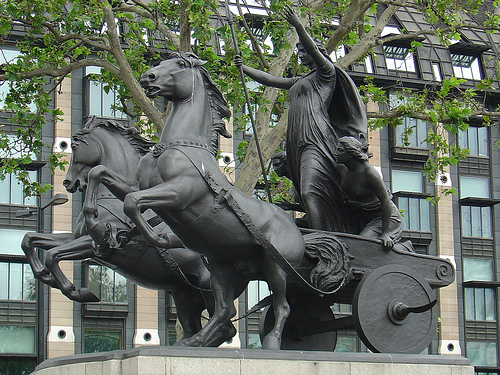

Who were the Celts?
From around 750 BC to 12 BC, the Celts were the most powerful people in central and northern Europe. There were many groups (tribes) of Celts, speaking a vaguely common language. The word Celt comes from the Greek word, Keltoi, which means barbarians and is properly pronounced as "Kelt".
